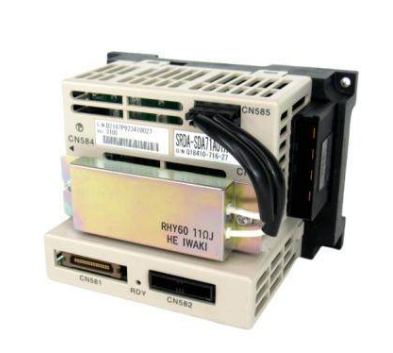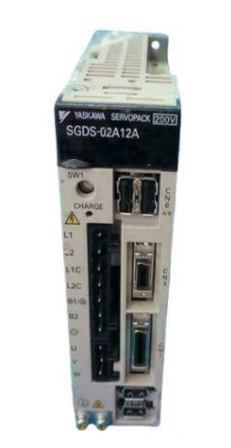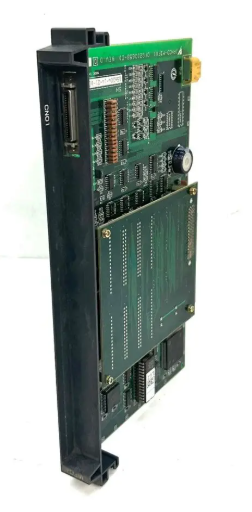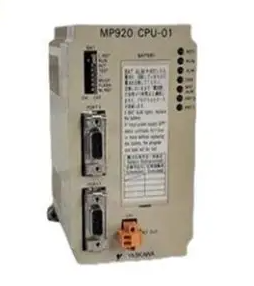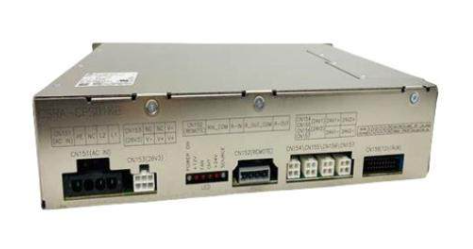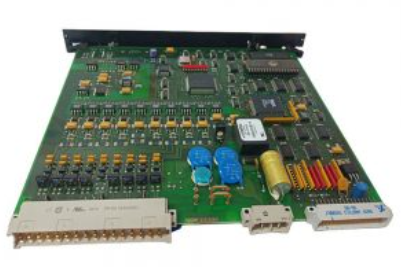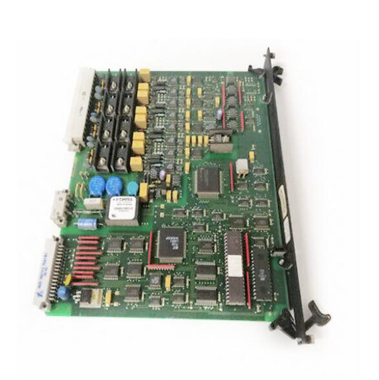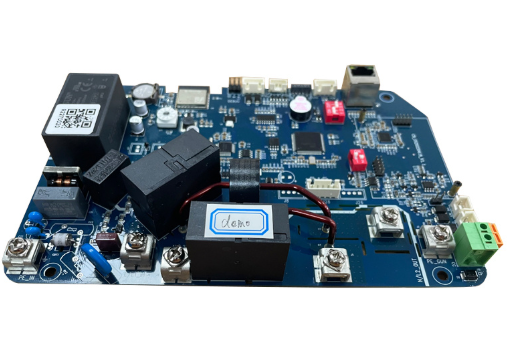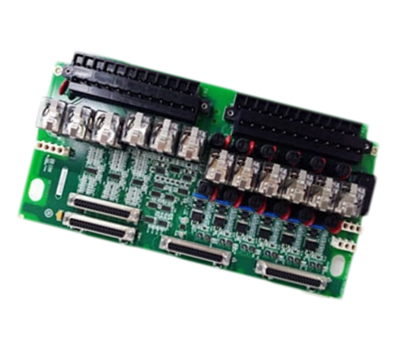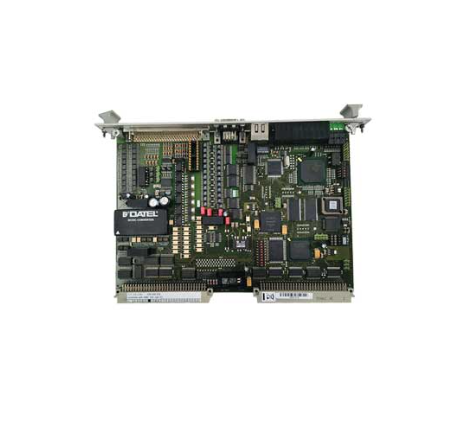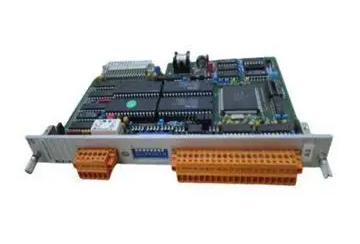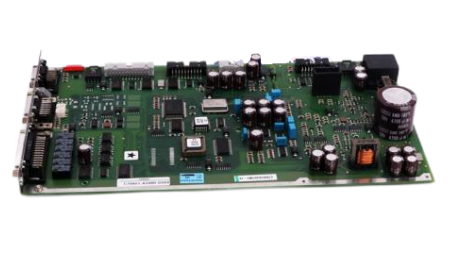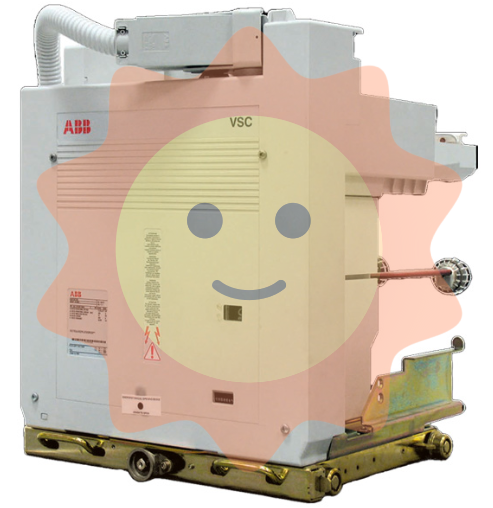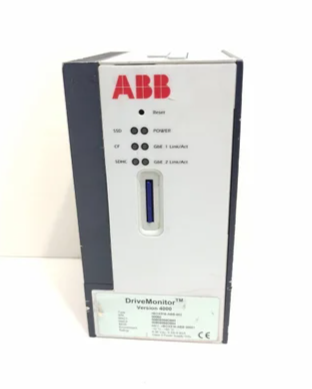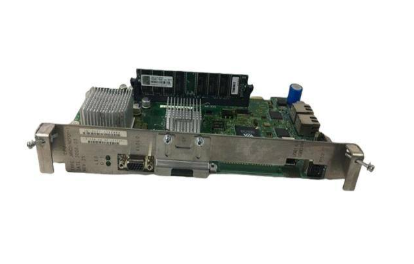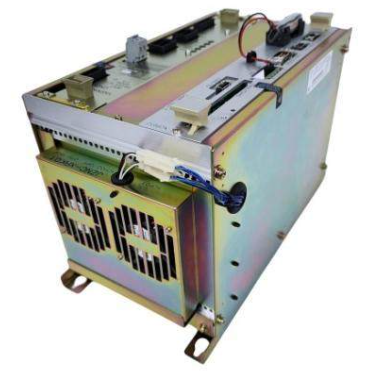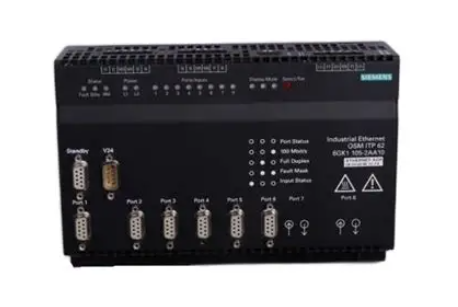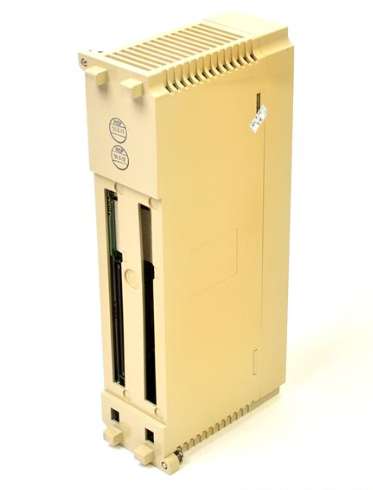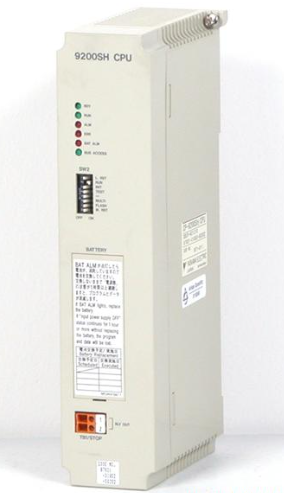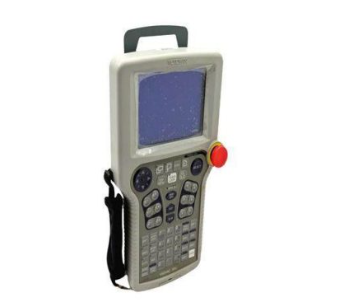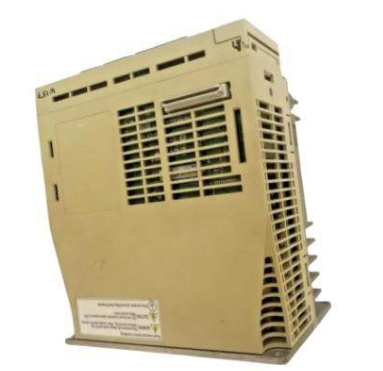Treatment method of reclaimed water treatment
Processing method:
1. One is to treat it to the standard of drinking water and directly reuse it into daily life, that is, to achieve direct recycling of water resources. This treatment method is suitable for areas with extreme shortage of water resources, but the investment is high and the process is complex;
2. The other is to treat it to the standard of non-drinking water, which is mainly used for water that is not in direct contact with the human body, such as flushing of toilets, ground, car cleaning, greening sprinkling, fire fighting, industrial ordinary water, etc., which is the usual water treatment method.
1.1 Reuse characteristics after secondary treatment
a. Belongs to the traditional treatment form, the process is mature, the sludge production is small, and the equipment investment is less;
b. Use domestic sewage (without feces) as the water source, requiring drainage to implement fecal and sewage diversion;
c. The seasonal and seasonal flow of raw water varies greatly, and the water balance is difficult;
d. Effluent water quality can only meet the requirements of flushing and greening.

1.2 Water Balance
Water balance is the key to the design of reclaimed water system, which is not only the basic basis for determining the treatment capacity of equipment, but also the guarantee of reliable operation of the reclaimed water system, but also the premise of reducing the operating cost of reclaimed water, the water balance of the first reuse scheme is adopted
1.3 Technical Specifications of the device
Through the analysis of water balance, the technical parameters of the equipment are determined as follows:
Design processing capacity Q =150m3/d
Regulating tank volume V =0.4Q =60m3;
Pool volume V =0.25Q set =38m3(design value 40m3);
Medium water supply pump Q pump =25Q medium /24=14.3m3/h; H=392 ~ 441kPa, N=4kW.
1.4 Its characteristics are:
a. Belongs to the traditional treatment form, the process is mature, the sludge production is large, and the equipment investment is more;
b. Domestic sewage (including feces) is used as the water source, without separating feces and pollution, reducing the initial investment of pipe network;
c. The seasonal and seasonal flow of raw water has little change, and the water source is sufficient;
d. Effluent water quality can only meet the requirements of flushing and greening.
2.2 Water Balance
The water balance of the second scheme.

2.3 Device Technical Specifications
The technical parameters of the equipment are the same as 1.3.
2.4 Economic Analysis
3.1 Features
Its characteristics are:
b. Membrane renewal will increase operating costs;
3.2 Water Balance
Water balance in the third scenario
3.3 Device Technical Specifications
Design processing capacity Q =180m3/d;
Regulating tank volume V =72m3(the design value is 70m3);
Pool volume V =45m3;
Medium water supply pump Q pump =2.5Q medium /24=14.8m3/h; H=392 ~ 441kPa, N=4kW.
3.4 Economic Analysis
3.1 Its characteristics are:
A. It is a new treatment process, the sludge output is very small and the PLC automatic control is used, the operation is convenient but the equipment investment is large;
b. Membrane renewal will increase operating costs;
d. The seasonal and seasonal flow of raw water changes little, and the water source is sufficient; e. Good water quality, in addition to meet the requirements of flushing and greening, can also be used for car washing.
3.2 Water Balance
Water balance in the third scenario
3.3 Device Technical Specifications
Design processing capacity Q =180m3/d;
Regulating tank volume V =72m3(the design value is 70m3);
Pool volume V =45m3;
Medium water supply pump Q pump =2.5Q medium /24=14.8m3/h; H=392 ~ 441kPa, N=4kW.

3.4 Economic Analysis
3.1 Its characteristics are:
b. Membrane renewal will increase operating costs;
3.2 Water Balance
Water balance in the third scenario
3.3 Device Technical Specifications
Design processing capacity Q =180m3/d;
Regulating tank volume V =72m3(the design value is 70m3);
Pool volume V =45m3;
Medium water supply pump Q pump =2.5Q medium /24=14.8m3/h; H=392 ~ 441kPa, N=4kW.
3.4 Economic Analysis Through the comparison of the initial investment and operating costs of the three treatment methods, it can be seen that although the traditional sewage treatment and reuse method (manure and sewage diversion) has lower equipment costs and treatment costs, the increased pipe network costs that can be diverted and drained have greatly increased the initial investment. The resulting high operating depreciation cost completely loses the advantage of low treatment cost of this process, so it is not suitable for use in residential water treatment.
For the treatment of domestic sewage, although the traditional three-stage treatment method is lower than the initial investment and operating costs of the MBR method, the advantages are not obvious, and the high-quality reclaimed water provided by the MBR is more acceptable from the user's psychology, and can extend the service life of the reclaimed water supply equipment, pipe network and appliances, and the economic benefits generated by the high-quality reclaimed water used for car washing can not be ignored. With the development of membrane production technology and the reduction of the price of membrane components, the investment cost and operating cost of MBR will also be reduced, which has been confirmed in Japan. Therefore, from the perspective of development, the MBR method, which covers a small area, does not pollute the environment, is highly controlled and runs reliably, should be the first choice for water reuse process in residential areas.
- EMERSON
- Honeywell
- CTI
- Rolls-Royce
- General Electric
- Woodward
- Yaskawa
- xYCOM
- Motorola
- Siemens
- Rockwell
- ABB
- B&R
- HIMA
- Construction site
- electricity
- Automobile market
- PLC
- DCS
- Motor drivers
- VSD
- Implications
- cement
- CO2
- CEM
- methane
- Artificial intelligence
- Titanic
- Solar energy
- Hydrogen fuel cell
- Hydrogen and fuel cells
- Hydrogen and oxygen fuel cells
- tyre
- Chemical fiber
- dynamo
- corpuscle
- Pulp and paper
- printing
- fossil
- FANUC
- Food and beverage
- Life science
- Sewage treatment
- Personal care
- electricity
- boats
- infrastructure
- Automobile industry
- metallurgy
- Nuclear power generation
- Geothermal power generation
- Water and wastewater
- Infrastructure construction
- Mine hazard
- steel
- papermaking
- Natural gas industry
- Infrastructure construction
- Power and energy
- Rubber and plastic
- Renewable energy
- pharmacy
- mining
- Plastic industry
- Schneider
- Kongsberg
- NI
- Wind energy
- International petroleum
- International new energy network
- gas
- WATLOW
- ProSoft
- SEW
- wind
- ADVANCED
- Reliance
- YOKOGAWA
- TRICONEX
- FOXBORO
- METSO
- MAN
- Advantest
- ADVANCED
- ALSTOM
- Control Wave
- AB
- AMAT
- STUDER
- KONGSBERG
- MOTOROLA
- DANAHER MOTION
- Bently
- Galil
- EATON
- MOLEX
- Triconex
- DEIF
- B&W
- ZYGO
- Aerotech
- DANFOSS
- KOLLMORGEN
- Beijer
- Endress+Hauser
- MOOG
- KB
- Moxa
- Rexroth
- YAMAHA
- Johnson
- Westinghouse
- WAGO
- TOSHIBA
- TEKTRONIX
- BENDER
- BMCM
- SMC


Email:wang@kongjiangauto.com


